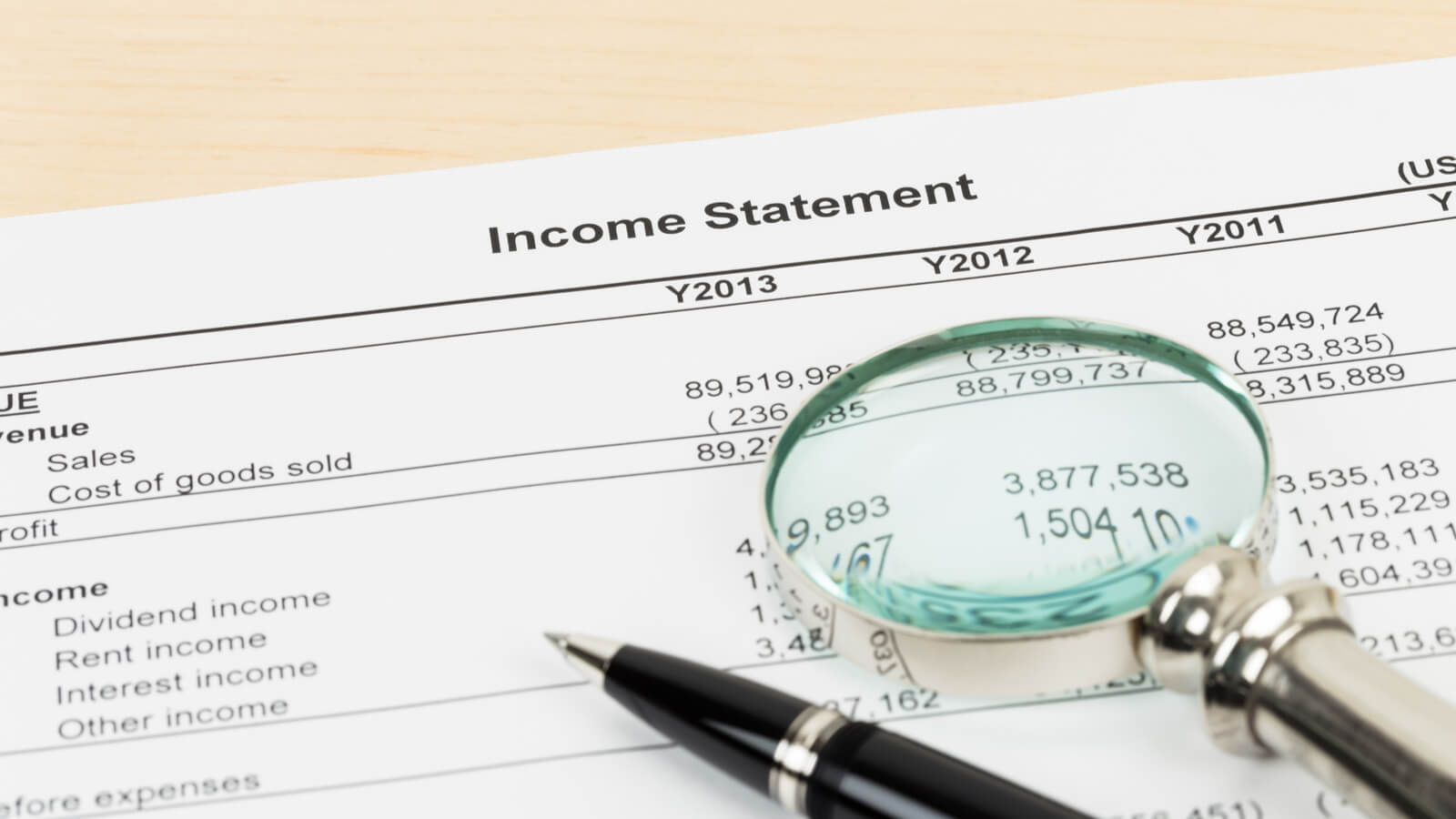These terms sound similar, and they are related. But there are important differences in what they measure and how they’re used.
Your income statement measures how much money is coming in, and your cash flow statement measures how much money is coming in. So, aren’t they the same thing? Not exactly. Picking different numbers to include, and when, gives you different insights into the overall performance of your business.
Your accountant will be putting both pieces of information in your hands, but the important thing is knowing what those numbers mean for you: what’s happening now, and what moves you should be making later. Together, the income statement and cash flow statement can tell you about your business’ current state and its potential for sustainable future growth.
Quick look: Income statement vs cash flow statement
Generally, your income statement indicates the long-term health of your business, and your cash flow statement paints the picture of where your money is right now.
| Income statement | Cash flow statement | |
| Content | Revenues and expenses, gains and losses | Cash going in and cash going out |
| Analysis | Profitability and equity | Liquidity and solvency |
| Questions answered |
|
|
What do these numbers mean for me?
Income statement
Overall, the income statement tells you about your business’ profitability – is operating your business leading to long-term gains, or losses? And why?
The data on the income statement is separated into three basic categories:
- Revenue is the money your business has earned in a given time frame, most typically from sales. Note that this isn’t just the money flowing in, but the money earned – this includes accounts receivable, accrued revenue from goods or services your business has delivered but not been paid for yet.
- Expenses are any costs you incur while running your business, like wages or rent. Once again, it’s not just measuring cash flow. Accounts payable are short-term obligations yet to be paid, and they’re included in expenses.
- Non-operating gains or losses, like interest or depreciation, affect the bottom line but fall outside of your core, day-to-day business. Other examples include grants, lawsuit settlements, or even natural disasters.
Putting those three numbers together gets you to your net income, the total profit or loss your business earned over a certain period.
Your income statement shows total revenues and expenses, but also breaks it down further into specific sources like revenue from sales or client services and expenses from wages or rent. This analysis helps you understand how the individual parts of your business are performing. Are sales from one area doing better than sales from another? Is that big investment you made in a new area of your business paying off?
Knowing where most of your revenues and expenses are coming from helps you decide where you should be putting most of your efforts, and if those efforts are getting the results you need. And if there’s one area that’s costing more than it should be, you’ll see that too.
Many income statements will also include the numbers from a previous time period, which allows you to identify trends in your revenues and expenses. Maybe you’re making more money than before, or your expenditure on office supplies has shot up this quarter. Are sales up, down, or staying the same? If you’re having problems with your budget, you’ll see them here.
However, by that time it might be too late. Because the income statement can sometimes include money you are owed but haven’t actually received yet, it’s possible to have a positive net income while still running out of cash.
Factoring in accrual (charges for work completed but not invoiced) means the income statement can tell you what direction things are moving for your business. The tradeoff is that it can also obscure what’s happening in the here and now.
Cash flow statement
Successfully reading your cash flow statement tells you about your business’ liquidity – how much cash is available at any given moment.
While the income statement tracks a business’ total revenue and expenses over a certain length of time, the cash flow statement only tracks the money that has already been received and sent out. It’s broken up into three categories:
- Operating activities show the cash flow generated from the normal day-to-day activity of the business. Sale of goods, rent payment, the regular stuff.
- Investing activities show the cash flow generated by purchasing and selling assets – with actual cash, and not debt. This can include activities like selling a patent or buying real estate.
- Financing activities show the cash flow generated from debt and equities. Paying off loans would be a classic example of cash flow from financing.
Though it may be alarming, a negative cash flow isn’t necessarily a problem. If you’ve been investing in long-term growth or expansion, you might temporarily see your business spending more cash than it’s taking in. Intelligent investment can lead to much higher profits down the road, so money flowing out can be worth it if you’re building something with it. But if it’s not intentional, a negative cash flow indicates you’re spending more than you’re earning, and that’s a problem.
A positive cash flow means more money is coming in than going out. Most of the time, this is what you’re looking for. Ample cash reserves leave room for investments, paying off debts, and otherwise growing the business. And, of course, profit.
By focusing on the current numbers, the cash flow statement gives a more direct look at the present state of your business. Because it leaves out accrual, however, it’s possible to maintain a positive cash flow without being profitable in the long term.
Bottom line
Your income statements and cash flow statements are some of the most important measurements of your business’ overall health, and they do their best work when considered together.
Businesses that ignore liquidity can run out of cash and be unable to pay their employees and creditors, even if their long-term profitability looks good. On the other hand, businesses that ignore profitability run the risk of setting themselves up for losses in the future, even if they’re keeping ample cash reserves.
It’s only when both of those factors are kept in balance that your business can thrive in both the long and short term.
Want to dive deep into your financial reports? Our team can help build and analyze your income statement and cash flow statement so you can make the best decisions for your business. Just schedule a call to get started!








